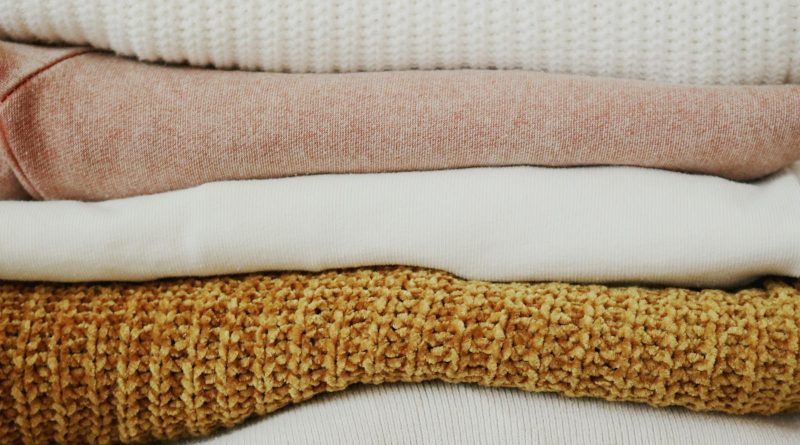The Art of Material Selection Discovering Your Perfect Medium
When embarking on any project, whether industrial, artistic, or practical, the art of material selection: discovering your perfect medium becomes the foundation upon which success is built. The right material can elevate your work from adequate to exceptional, while the wrong choice can lead to costly failures and frustration. This delicate balance between technical requirements and creative vision requires knowledge, experience, and sometimes a touch of intuition.
Understanding material properties and their applications
Materials speak their own language. They communicate through their physical properties—strength, flexibility, thermal resistance, and chemical stability. Learning to interpret this language is essential for anyone working with materials professionally or as a hobbyist. For instance, when considering a mica gasket material for high-temperature applications, you must understand not just its heat resistance but also its compressibility, recovery, and chemical compatibility.
Each material carries its own signature characteristics. Take mica, for example. This natural mineral has been used for centuries due to its exceptional heat resistance and electrical insulation properties. When formed into a gasket material, mica becomes invaluable in applications where temperatures exceed what most other materials can withstand. Understanding these unique attributes helps you make informed decisions rather than simply following conventions or recommendations without context.
Material selection becomes particularly critical in specialized fields. Engineers working on aerospace components, artists creating long-lasting sculptures, or manufacturers designing everyday products all face similar fundamental questions: Will this material perform as needed? Will it last? Is it appropriate for the environment it will inhabit? The answers require technical knowledge combined with practical experience.
Evaluating performance requirements
Before you can identify your perfect medium, you must clearly define what “perfect” means in your specific context. This requires a thorough analysis of performance requirements. What temperatures will the material face? What pressures must it withstand? Will it encounter chemicals, moisture, or UV radiation? The answers to these questions narrow your options significantly.
Consider gasket material selection as an example. A gasket for a low-pressure water application has vastly different requirements than one for a high-temperature exhaust system. The first might use simple rubber compounds, while the second might require specialized mica gasket material to withstand extreme heat without deterioration. Understanding these distinctions prevents costly mistakes and ensures optimal performance.

Performance evaluation extends beyond technical specifications. Budget constraints, manufacturing capabilities, aesthetic requirements, and environmental considerations all influence what constitutes the “perfect” material for your application. The art of material selection: discovering your perfect medium involves balancing these sometimes competing factors to find the optimal solution.
Balancing technical requirements with practical constraints
The theoretical ideal material often differs from the practical choice. You might identify a material with perfect technical properties, only to discover it’s prohibitively expensive, difficult to source, or impossible to process with available equipment. This is where the true art of material selection emerges—finding creative solutions within real-world constraints.
For industrial applications, this might mean selecting a composite gasket material that combines the temperature resistance of mica with the sealing properties of elastomers, rather than using a pure mica sheet that might be more brittle and difficult to install. The compromise delivers adequate performance while addressing practical installation concerns and extending service life.
Budget considerations inevitably influence material selection. However, focusing exclusively on initial costs often leads to false economies. A premium gasket material might cost more upfront but save thousands in prevented leaks, reduced maintenance, and extended equipment life. The skilled material selector looks beyond purchase price to consider total lifecycle costs when making decisions.
Learning through experimentation
Have you ever discovered something unexpected through experimentation? Material selection often involves a degree of trial and error, particularly when pushing boundaries or working in novel applications. While engineering calculations and manufacturer specifications provide guidance, nothing replaces hands-on testing to confirm performance in your specific conditions.
Testing helps identify unforeseen interactions and limitations. A gasket material might meet all theoretical requirements but fail unexpectedly due to installation practices or interaction with adjacent components. These insights come only through practical experience and methodical evaluation. Keeping detailed records of these experiments builds valuable knowledge that informs future selections.

The art of material selection: discovering your perfect medium develops through this continuous cycle of research, selection, testing, and refinement. Each project adds to your personal knowledge base, making future decisions more informed and intuitive. This experiential learning transforms material selection from a purely technical exercise into a nuanced skill combining science, economics, and creativity.
Staying current with material innovations
Material science continuously advances, creating new options with enhanced properties. Staying informed about these developments ensures you don’t miss opportunities to improve your work. Industry publications, manufacturer resources, and professional networks all provide valuable information about emerging materials and techniques.
Traditional mica gasket material has evolved significantly through modern manufacturing techniques. What was once a limited natural product now comes in various engineered forms—reinforced, bonded with different binders, and modified for specific applications. Knowing these variations allows you to fine-tune your selection for optimal performance rather than settling for a generic solution.
Innovation doesn’t always mean adopting the newest material. Sometimes it involves using established materials in new ways or combinations. This creative approach to material selection often leads to the most satisfying solutions—those that elegantly balance technical performance, cost considerations, and practical implementation.
The journey of material selection never truly ends. Each project presents unique challenges and opportunities to refine your approach. By embracing this process as both science and art, you’ll develop the confidence to make informed choices and the flexibility to adapt when circumstances change. The perfect medium exists at the intersection of technical suitability, practical feasibility, and your specific requirements—finding it is indeed an art worth mastering.




